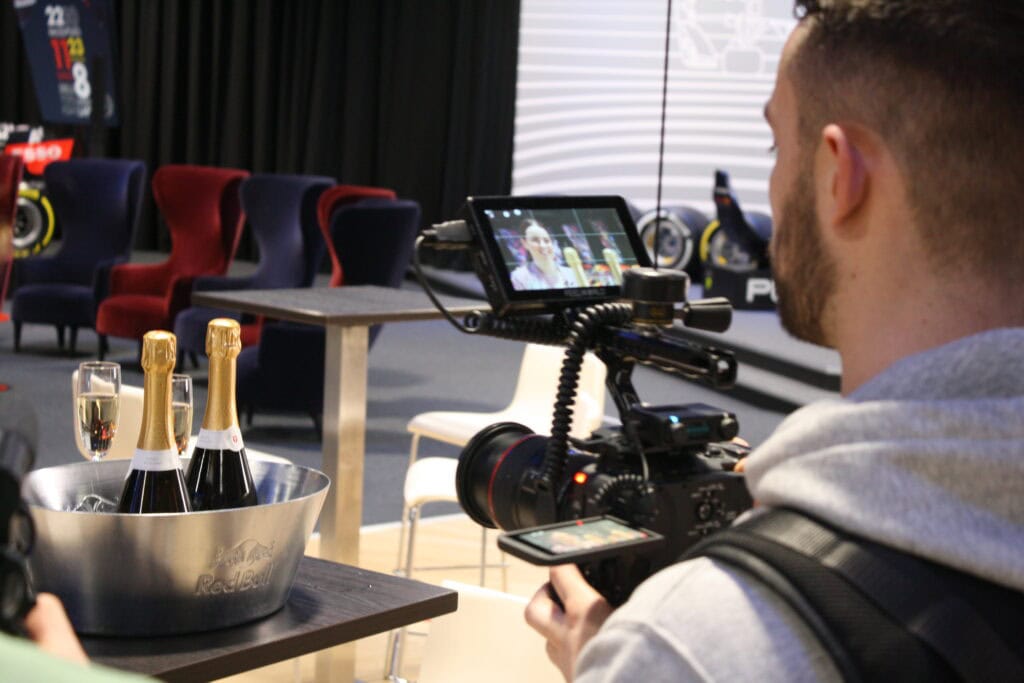
repurpose and inspire: get the most out of your digital learning.
Everyone (should) know digital learning is an essential tool for any organisation. However, many organisations are still struggling with outdated uninspiring solutions or worse – they’ve given up on them all together. These solutions may have become stale and ineffective over time, leading to disengaged learners and low retention rates. This only creates blockers and increased costs when scaling at the pace and efficiency your organisation needs.
The good news is that organisations can not only repurpose their outdated and unused digital learning to create highly engaging and innovative solutions to inspire learners. But they can also leverage their existing collateral, such as product manuals, training materials, or marketing materials, to develop content that is not only aligned to the corporate strategy but resonates with the learner. They can also use feedback and data to identify the most pressing areas and concerns of their employees, and then create content that addresses these issues.






